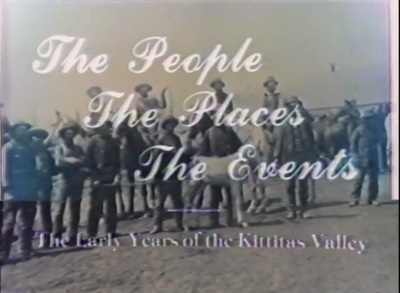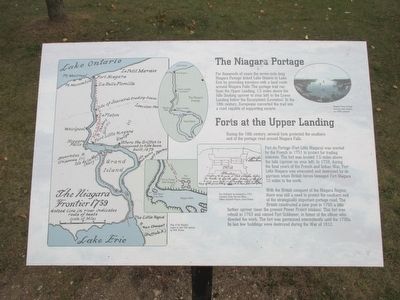Welcome to the Kittitas Valley, a place rich in history and tales of transformation. Nestled in the heart of Washington State, this valley has served as a crucial crossroads for various peoples and cultures over the centuries. As you journey through this picturesque landscape, let’s delve into its past to uncover the stories that have shaped its identity.
The history of the Kittitas Valley begins long before European settlers arrived. The valley was originally inhabited by the Kittitas band of the Yakama Nation, who thrived in this area, thanks to its abundant natural resources. These indigenous peoples lived in harmony with the land, relying on hunting, fishing, and gathering to sustain their communities.
The arrival of European settlers in the mid-19th century marked a significant turning point for the valley. In 1868, the first settlers established a small community, attracted by the fertile soil and the promise of prosperity. The area quickly gained prominence as an agricultural hub, with crops such as wheat and hay becoming the backbone of the local economy.
One of the most notable figures in the valley’s history is William O. Douglas, born in the nearby town of Yakima in 1898. Douglas went on to become one of the longest-serving justices on the U.S. Supreme Court. His connection to the region was strong, often returning to the Pacific Northwest and advocating for environmental conservation—a passion likely rooted in his childhood experiences in the natural beauty of places like Kittitas Valley.
The valley’s strategic location also played a pivotal role in its development. As the Northern Pacific Railway expanded westward in the late 19th century, Kittitas Valley became a critical stop along the route. This connectivity facilitated the movement of goods and people, further cementing its status as a regional economic center.
Over time, the valley has evolved from its agricultural roots to embrace diverse industries, including tourism and renewable energy. Today, visitors to Kittitas Valley can enjoy a blend of historical charm and modern innovation, with wind farms dotting the landscape, symbolizing its commitment to sustainable futures.
As you continue your journey through the valley, consider the legacy of those who walked here before you. From its indigenous origins to its role in the expansion of the American West, Kittitas Valley is a testament to resilience and adaptation. Its story is not just a part of Washington’s history but a chapter in the broader narrative of the American experience.



